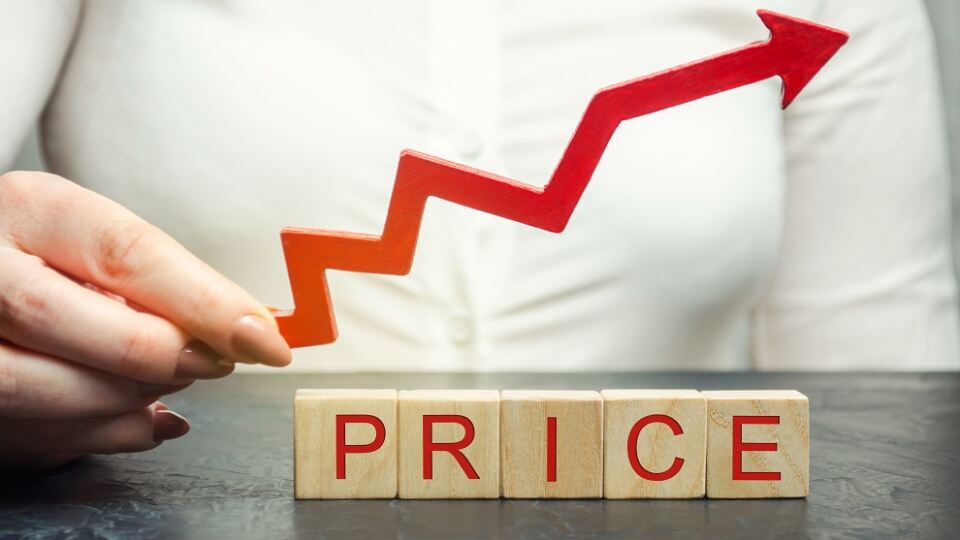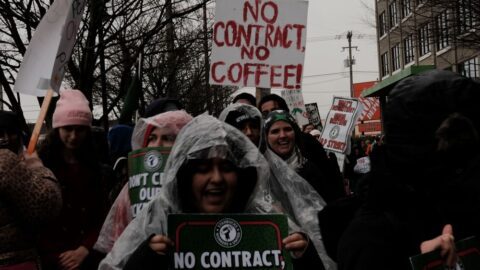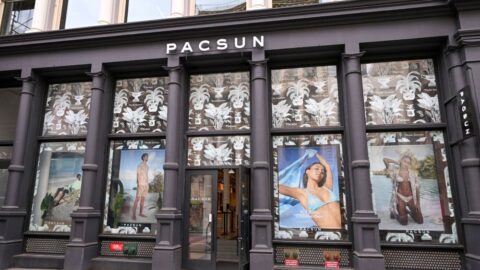Inflation was already running hot even before Russia’s invasion of Ukraine, reaching 4.7% for 2021 — the highest annual rate since 2008’s 3.8%. Then war and corresponding economic sanctions sent prices of oil and other commodities soaring. Retailers trying to identify the appropriate actions to take as their costs rise can find themselves in a bind. They risk losing potential sales — and customers — if they raise prices, but keeping prices static eats into their profit margins. For retailers without sufficient financial reserves, the latter option could be disastrous, particularly if inflation doesn’t moderate in coming months.
There are ways retailers can successfully thread this needle, according to Dr. P.K. Kannan, the Dean’s Chair in Marketing Science at the University of Maryland’s Robert H. Smith School of Business. “The way retailers raise their prices is important,” said Kannan in an interview with Retail TouchPoints, noting that some brands can mask price increases by reducing package sizes, essentially charging the same amount for less product, or cutting back on their use of promotional discounts.
But what’s most effective is for retailers to be transparent with customers about why they’re raising prices. “A retailer may have loyal customers who love what you’re selling, and if you indicate to them what your cost structure is and how it’s gone up, it may help consumers understand that they’re not being taken advantage of,” said Kannan. “A retailer could say that, for example, 60% of the price [consumers] pay is made up of a retailer’s costs, and that those costs have risen by 10% to 15%, and so get them to understand” why their price has risen. “It may work well with these loyal customers, who want you to be in business for the long term.”
Transparency also involves a promise, implicit or definite, that the retailer will lower its prices if and when costs go down. “That increases trust with the consumers, and you will hold on to them for a longer time if they trust you more,” said Kannan. “The whole thing comes down to the fairness perception of what consumers think about the prices you’re charging.”
The temptation to keep prices high in order to boost profit margins means playing a dangerous game with customer loyalty, Kannan warned: “If I [as a consumer] don’t see a reason for a price increase, for example if it looks like you’ve just increased the price because things are in short supply and I perceive that as price gouging, it may help you as a retailer in the short run, but it’s never a long-term strategy.”
Retailers are fortunate that several external factors are putting a sugarcoating on price increases. Wages and incomes have both been on the rise, giving consumers more cash to spend. Additionally, greater public awareness about inflation means “consumers are somewhat preconditioned that they should expect to see higher prices,” said Kannan.
Still, the decision to raise prices needs to be considered carefully, and retailers must do their homework about not only their own prices but those charged by other companies, Kannan warned: “If you’re above the norm [with price increases] and you suddenly stand out versus the competition, it will affect you much more,” he noted. “Retailers need to make sure their price is fair; their price increase is fair; and that consumers perceive their price to be fair.”













